
“AI: The Catalyst Transforming Our World into a Smarter, Safer, and More Connected Place 2025.”

In just a few short decades, artificial intelligence (AI) transforming has gone from a sci-fi fantasy to an everyday reality. Once a concept confined to the pages of futuristic novels or the scripts of Hollywood thrillers, AI is now embedded in the fabric of our daily lives—often in ways we don’t even notice.
While debates around AI often focus on dystopian possibilities and ethical concerns (and rightly so), it’s equally important to shine a light on the positive impact AI is already making across the globe. From revolutionizing healthcare to enhancing education, improving security, and addressing climate change, AI is transforming our world for the better.
Climate
Let’s take a deeper look at how AI is powering a smarter, safer, and more connected future.
A Smarter World: AI and Human Potential
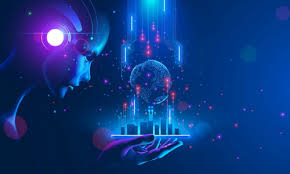
At its core, AI is designed to process vast amounts of information, learn from it, and make decisions or predictions—often faster and more accurately than a human ever could. This ability has unlocked a wave of smart solutions in industries where decision-making speed and precision are critical.
1. Healthcare Breakthroughs

AI is becoming a game-changer in medicine. With tools like predictive analytics, machine learning algorithms can now detect diseases—like cancer or Alzheimer’s—at earlier stages than ever before. In some cases, AI has been shown to outperform human radiologists in identifying subtle patterns in medical images.
Moreover, virtual health assistants powered by AI are helping patients manage chronic conditions, take medications on time, and access medical advice 24/7, making healthcare more accessible and proactive.
2. Smarter Cities and Infrastructure

Urban areas around the world are integrating AI into traffic systems, waste management, and energy usage to improve efficiency. Traffic congestion can now be predicted and reduced using real-time data and adaptive traffic lights, while smart grids help optimize energy distribution, minimizing waste and lowering emissions.
These “smart cities” aren’t just efficient—they’re paving the way for a better quality of life.
A Safer World: Predictive Power and Protection

Safety—whether online or in the physical world—is one of the top concerns in our tech-driven age. AI is already playing a major role in protecting people, data, and communities.
1. Cybersecurity Defense
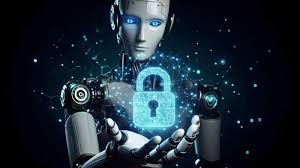
In a world where cyber threats are becoming more sophisticated, AI is stepping in as a digital guardian. It can detect unusual patterns, flag suspicious activities, and respond to attacks in real-time—often before humans even realize there’s a breach.
Machine learning models continuously learn from new threats, becoming smarter and faster over time. This adaptability makes AI a powerful weapon in the fight against hackers and fraudsters.
2. Disaster Response and Public Safety
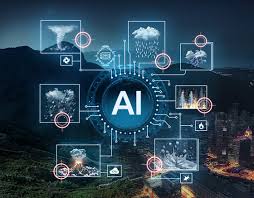
AI is also making huge strides in emergency response. During natural disasters, AI-powered drones and predictive models help locate survivors, assess damage, and coordinate rescue efforts more efficiently. For example, AI models can analyze satellite images to track the spread of wildfires or floods and predict where they’ll go next.
AI tools are also helping law enforcement agencies to allocate resources more strategically and prevent crime by analyzing crime patterns and trends—though this must be done responsibly, with careful attention to privacy and fairness.
A More Connected World: Bridging Gaps and Building Communities
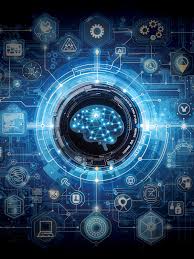
One of AI’s most beautiful qualities is its potential to connect people, break down barriers, and foster understanding.
1. Global Communication

Language translation powered by AI (think Google Translate or real-time translation tools in video calls) is making it easier than ever for people across cultures to communicate. This opens up new opportunities for international collaboration, education, and even cross-cultural friendships.
2. Accessible Technology for All
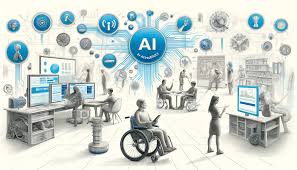
AI is helping bridge accessibility gaps for people with disabilities. Voice-to-text tools, visual recognition software, and predictive typing empower users who are visually impaired, hearing-impaired, or have mobility challenges to interact with the digital world more freely.
In education, personalized learning platforms use AI to tailor lessons to individual students’ needs, helping every learner progress at their own pace—regardless of background or ability.
The Future: Powered by Purpose
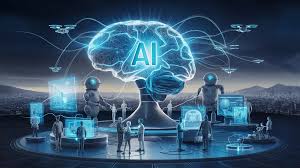
Indeed, AI presents several challenges, including ethical dilemmas, concerns about bias, and fears of job displacement. However, if we prioritize humanity, transparency, and inclusivity in AI development, the future it offers can be extremely promising.
By embracing responsible innovation, we can steer AI development in a way that enhances human potential rather than replaces it.
Final Thoughts
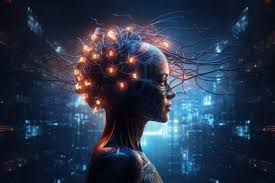
AI is not just about machines becoming smarter; it’s about creating a world where humans are empowered to live better, safer, and more connected lives. From fighting disease to protecting the planet, the possibilities of AI are just beginning to unfold.






